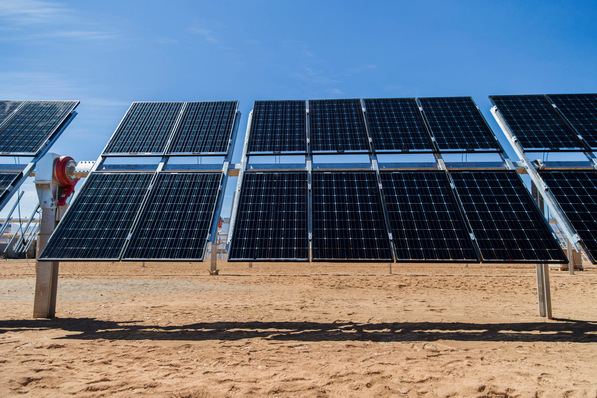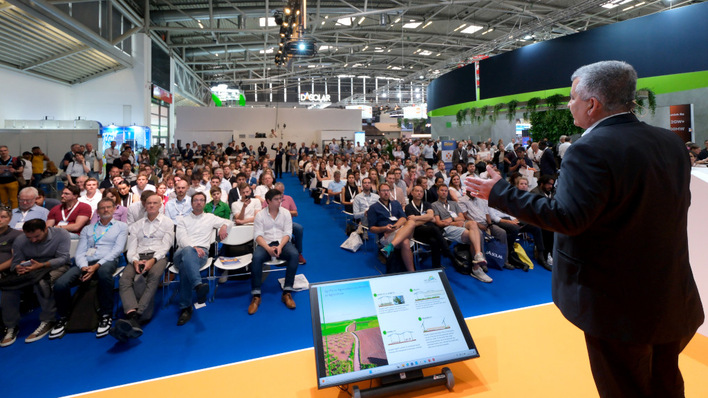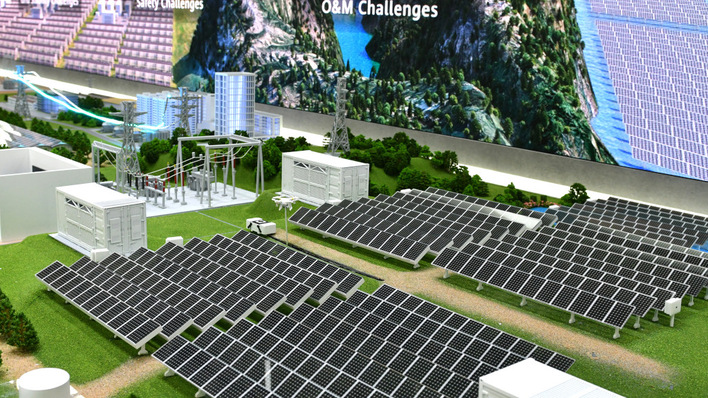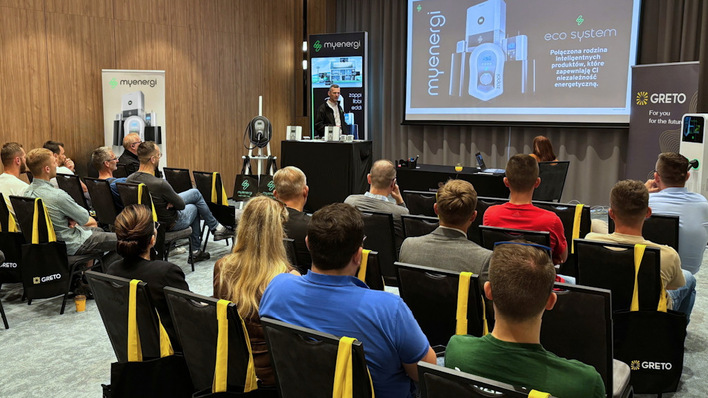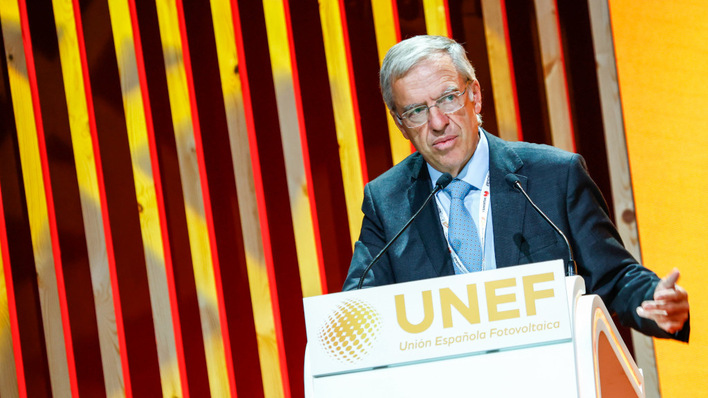In September 2024 alone, PV systems with a total power of 363.53 megawatts were installed in Poland. At the end of September 2024, the total installed photovoltaic power in Poland was 19.9 gigawatts. It is therefore considered certain that the Polish photovoltaic industry will exceed the 20-gigawatt mark by December 31, 2024.
Excellent prospects for the commercial sector
The prospects for photovoltaics are very positive, especially in the commercial sector, which is largely due to the electricity pricing policy. While private households in Poland pay 0.22 euros per kilowatt hour, the electricity price for commercial enterprises is 0.39 euros per kilowatt hour. These price differences make photovoltaic systems particularly attractive for companies. Sales are therefore likely to focus more on the commercial systems sector, as investments in PV systems there are generally not dependent on state subsidies and are easy to justify economically.
Commercial customers are also experienced in dealing with economic decisions, which makes the sales argument easier. Commercial enterprises can also retrofit their photovoltaic systems with electricity storage, which increases their independence and strengthens their resilience to power outages. This is particularly interesting for the manufacturing industry, as having your own, off-grid power supply with electricity storage and grid backup power can reliably prevent production downtime and the associated effort and costs. According to the AHK (Foreign Chamber of Commerce), the manufacturing industry accounts for 22.9 percent of Poland's gross value added.
Also interesting: Michal Marona of SolarEdge: „A market with lots of potential“
Solution-oriented sales with good long-term prospects
Given the mix of the still high proportion of coal-fired power in the Polish electricity mix, the high energy requirements of Polish industry, a power grid in need of renovation and EU framework conditions with demands for less energy generation from fossil fuels and rising CO2 taxes, it can be assumed that sales in the commercial sector will struggle more with personnel problems than with sales problems in the long term. Suppliers who can place concept solutions consisting of photovoltaic power generation and parallel storage on the market and intelligently bring these closer to the target group will find attractive market conditions in Poland in the long term.
Also interesting: PolandPiotr Pysniak of Greto Polska: “The market is beginning to stabilize”
Agri-PV: niche with opportunities
Agri-PV is not only a niche market in Poland (yet), but it has great potential there. With an area of 311,925 square kilometers, the country is only slightly smaller than its neighbor Germany with 357,113 square kilometers. However, Poland has a significantly lower population density with 37.6 million inhabitants. This should make it easier to use the numerous agricultural areas for agri-PV systems, if the problem of the outdated power grid were not there.
One type of AGRI-PV in particular takes this into account, namely the vertically installed agri-PV system. These are characterized by their special performance curve: they generate a lot of energy in the early morning and late afternoon hours, when classic PV systems only deliver low output and therefore do not put a strain on the grid. At lunchtime, when classic PV systems deliver peak output, vertical AGRI-PV systems only have low output, which is due to their design. Agriculture and forestry contribute 2.9 percent to Poland's gross value added. The double use of agricultural land - for example through agri-PV systems - offers attractive opportunities for Polish agriculture.
Also interesting: Barbara Michalowska: “Agri-PV products designed with durability and ease of installation”
Land of opportunities
Since the parliamentary elections in 2023, the current policy has been considered EU-friendly, which is having a positive impact on the expansion and promotion of photovoltaics. Poland is self-sufficient when it comes to electricity. The attitude towards renewable energies is positive, without discriminating against other forms of energy. up to nuclear energy.
The expansion of renewable energies is set - also due to the CO2 relief in conformity with the EU's direction. With current electricity prices, photovoltaics is particularly economical in the commercial sector, which also promises greater performance in installations than the small-scale market for private systems. Poland can be seen as a long-term reliable growth market with excellent prospects. (MG)
Also interesting: Patrik Danz of IBC Solar: “It is a very exciting market”




